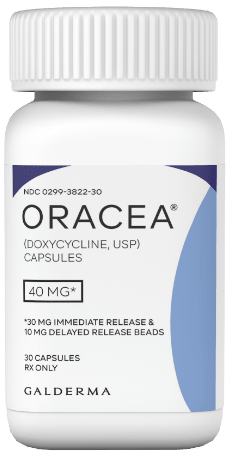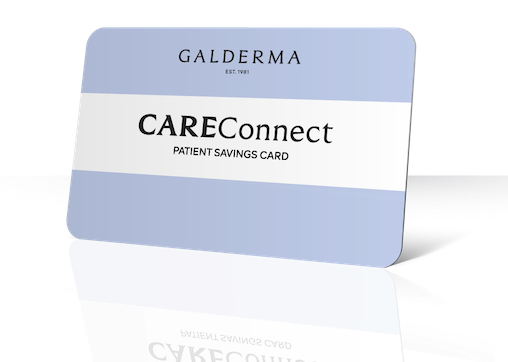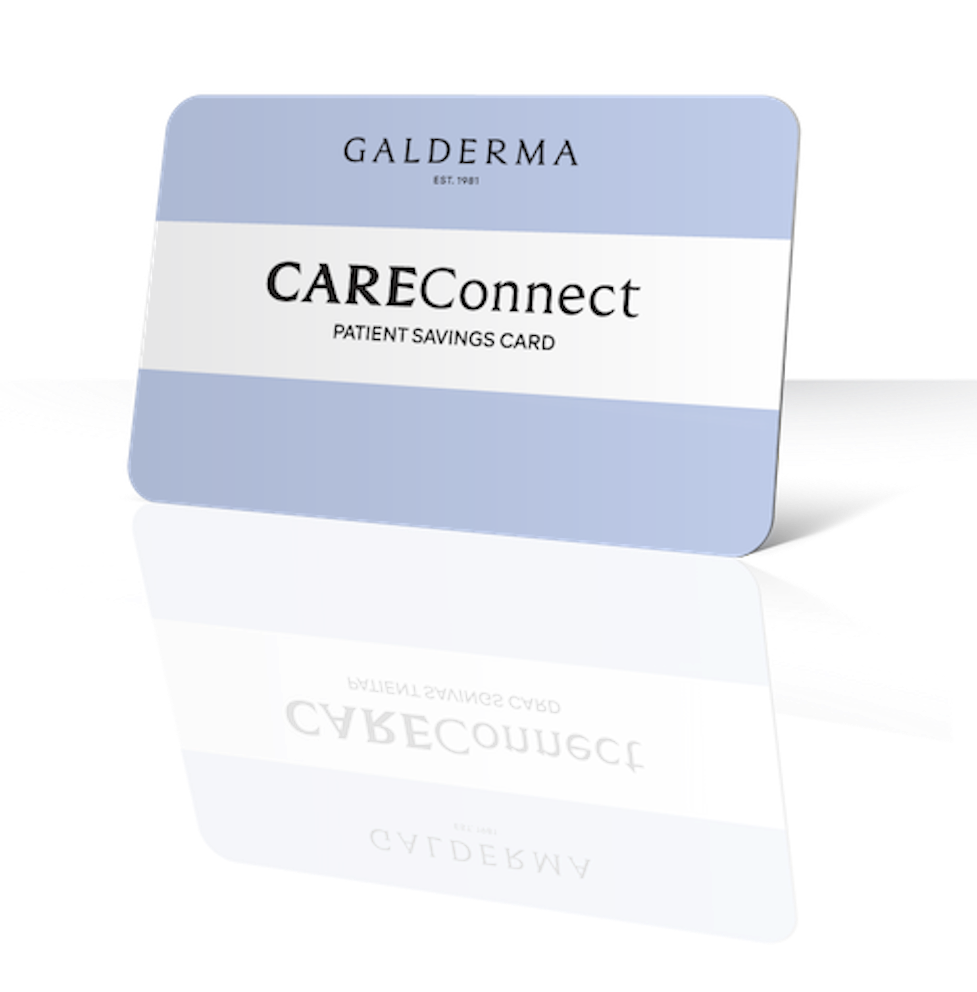
Aiming for clear
CONNECTING WITH
YOUR DERMATOLOGIST
It’s time to take control of your rosacea and work with your dermatologist to set achievable goals, manage your triggers, and start to minimize your symptoms
Rosacea affects as many as 1 in 20 adults worldwide. It’s time to choose an effective treatment, and aim for clearer skin
Aiming for clear
SET YOUR ROSACEA TREATMENT GOALS
Why strive for a simple improvement when you can aim for clearer skin? Your dermatologist will measure your rosacea using an IGA (Investigator’s Global Assessment) scale. Remember, the benefits of ‘clear’ can go beyond symptom improvement. By working with your dermatologist, you can set your own treatment goals, and start aiming for clearer skin!
From severe rosacea to clearer skin, continuing your treatment, as prescribed, may help you achieve your skin goals
What to tell your Dermatologist
We’ve produced an interactive discussion guide to help you describe and record your experiences with rosacea. Make sure you save and take a copy with you on your next visit; use it to work with your dermatologist, and allow them to create a treatment plan tailored to your goals

“After visiting my dermatologist, it was like a weight had been lifted! I now have a new treatment plan, goals to reach, and feel more optimistic than I have for a long time”




COMMIT TO CLEARER SKIN
See significant
improvements
You may start to see an improvement in the bumps and blemishes of rosacea in as early as 3 weeks, but it is important to keep taking ORACEA® (doxycycline, USP) 40 mg* Capsules for as long as your dermatologist prescribes
With ORACEA Capsules being a non-antibiotic dose, they did not contribute to antibiotic resistance in a 9-month study, meaning you can take them over a long period of time, helping you achieve clearer skin
Commit to the journey, and trust ORACEA Capsules to help control your bumps and blemishes of rosacea. Clearer skin is possible
How to save on ORACEA Capsules
We’re here to make your rosacea treatment more affordable. Download the Galderma CAREConnect Card and you may receive instant savings on your prescriptions and refills†

STAY CONNECTED
Sign up and
stay up-to-date
Sign up here to receive updates and useful information to help better understand your rosacea
Important Safety Information
Indication: ORACEA® (doxycycline) 40 mg* capsules are indicated for the treatment of only inflammatory lesions (papules and pustules) of rosacea in adult patients. ORACEA does not lessen the facial redness caused by rosacea. Adverse Events: In controlled clinical studies, the most commonly reported adverse events (>2%) in subjects treated with ORACEA were nasopharyngitis, diarrhea, hypertension and sinusitis. Warnings/Precautions: ORACEA should not be used to treat or prevent infections. ORACEA should not be taken by patients who have a known hypersensitivity to doxycycline or other tetracyclines. ORACEA should not be taken during pregnancy, by nursing mothers, or during tooth development (up to the age of 8 years) and may cause reversible inhibition of bone growth. If Clostridium difficile associated diarrhea (CDAD) occurs, may need to discontinue ORACEA. Although photosensitivity was not observed in clinical trials, ORACEA patients should minimize or avoid exposure to natural or artificial sunlight. The efficacy of ORACEA treatment beyond 16 weeks and safety beyond 9 months have not been established.
You are encouraged to report negative side effects of prescription drugs to the FDA. Visit www.fda.gov/medwatch or call 1-800-FDA-1088.
*30 mg immediate release and 10 mg delayed release beads
†Galderma CAREConnect is only available for commercially insured or uninsured patients. Patients who are enrolled in a government-run or government-sponsored healthcare plan with a pharmacy benefit are not eligible to use the Galderma CAREConnect Patient Savings Card
REFERENCES
1. Gether, L., et al. Incidence and prevalence of rosacea: a systematic review and meta‐analysis. British Journal of Dermatology. 2018;179(2), 282-289. 2. Del Rosso JQ, et al. Two randomized phase Ill clinical trials evaluating anti-inflammatory dose doxycycline (40-mg doxycycline, USP capsules) administered once daily for treatment of rosacea. J Am Acad Dermatol. 2007;56(5):791–802. 3. Del Rosso JQ, et al. Comparison of anti-inflammatory dose doxycycline versus doxycycline 100 mg in the treatment of rosacea. J Drugs Dermatol. 2008;7(8):573–576. 4. Schaller M, et al. Recommendations for rosacea diagnosis, classification and management: Update from the global ROSacea COnsensus (ROSCO) 2019 panel. British Journal of Dermatology. 2019. doi: 10.1111/bjd.18420. [Epub ahead of print]. 5. Rosacea: Beyond the visible report. Available at: https://hosted.bmj.com/rosaceabeyondthevisible. Last accessed: September 2021 6. ORACEA [package insert]. Fort Worth, TX: Galderma Laboratories, L.P.; 2014. 7. Preshaw PM, et al. Modified-release sub-antimicrobial dose doxycycline enhances scaling and root planning in subjects with periodontal disease. J Periodontol. 2008;79(3):440–452. 8. Fowler JF. Anti-inflammatory dose doxycycline for the treatment of rosacea. Expert Rev Dermatol. 2007;2(5):523–531. 9. Data on file. ORACEA PK Profile. Galderma Laboratories, L.P





